Photo By: Ucok


Boti is a traditional village that lives in a remote area of KIE District, South Central Timor Regency, East Nusa Tenggara. Boti village is inhabited by the Boti tribe, an indigenous tribe that has lived for generations and is even the last Kingdom on the island of Timor. The leader of the Kingdom is King (Usif) Naman Benu. Like the Baduy Tribe in Banten, the Boti Tribe is divided into two parts: the Inner Boti Tribe and the Outer Boti Tribe. The Inner Boti Tribe currently numbers 319 people or 77 household heads, while the Outer Boti Tribe numbers 2,500 people.

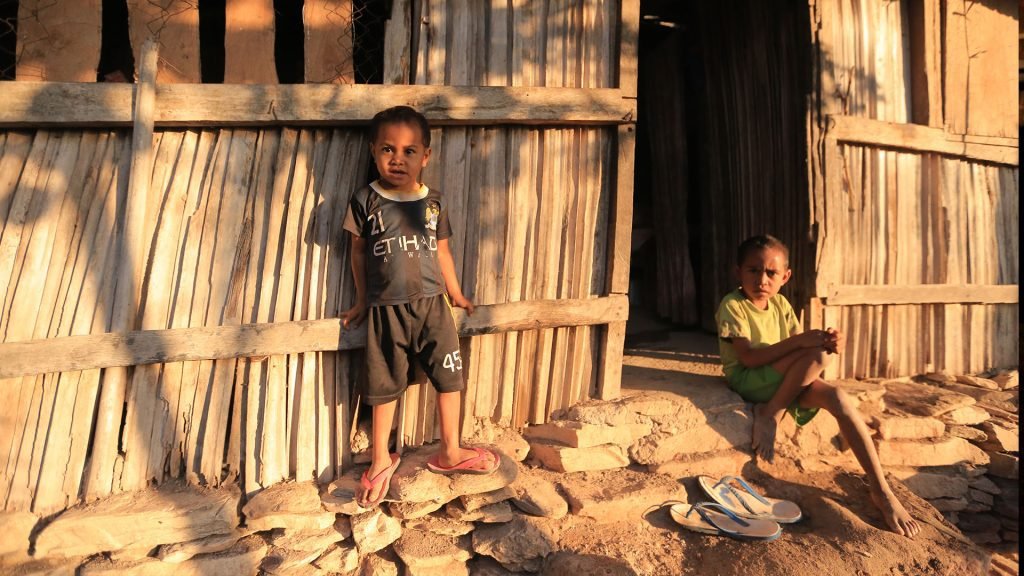
The Boti people adhere to the Halaika religion. Prayers are held to pray to Uis Pah (God of the Earth) and Uis Neno (God of the Sky). In the Halaika belief, Uis Pah is the God of the Earth, interpreted as a mother who looks after her children. Uis pah is a god who protects the Boti tribe. While Uis Neno is a father figure who looks after the afterlife, Uis Neno determines whether humans will go to heaven or hell after living on earth. If it is related to the concept of life, then Uis pah is the ruler of the planet where humans live and receive protection, while Uis Neno is the ruler of the sky and the source of life and human life.
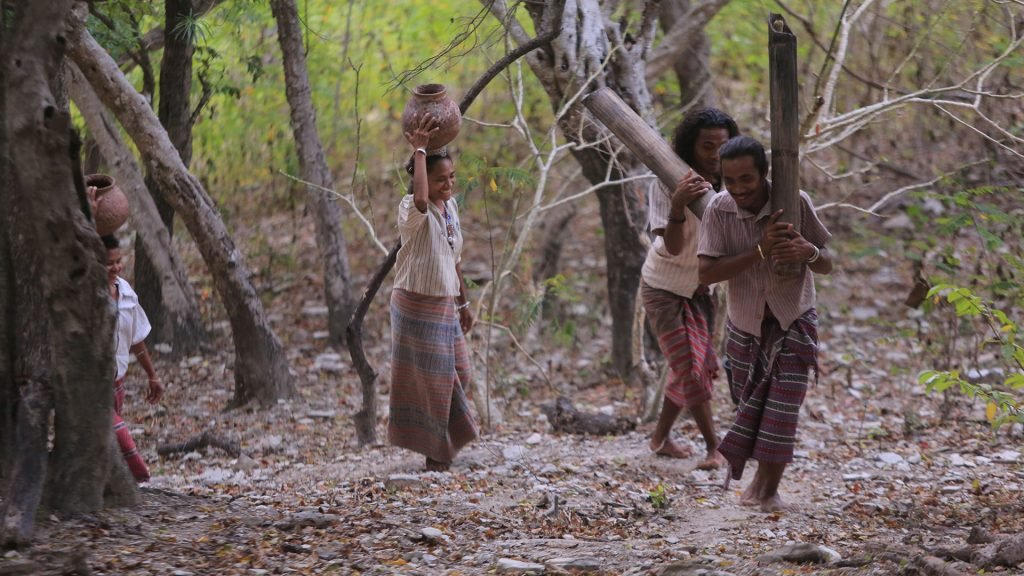
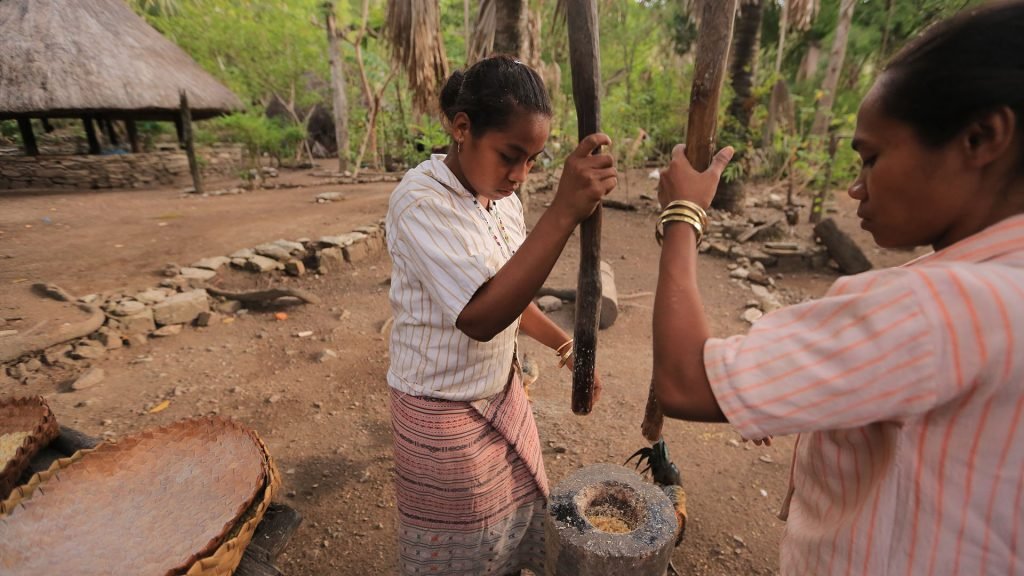
Until now, the Kingdom of Boti is the only Kingdom that still survives in Nusa Tenggara. The Boti Kingdom maintains cultural values with rituals to strengthen social bonds and connect humans with the sacred. Another way for the Boti people to be grateful for life is through living habits. The Boti tribe respects the earth as a mother, and they cultivate nature carefully with a ban on selling land, which means selling their mother. The Boti people are prohibited from cutting down trees unless there is an urgent need. The Boti people are also not allowed to hunt animals in the Boti village area, and hunting can be done outside the village. Regulations prohibiting hunting in Boti areas are made to protect the animals living in both environmental areas so that they do not become extinct and are sustainable. The Boti people are accustomed to raising livestock and growing crops to meet their needs.
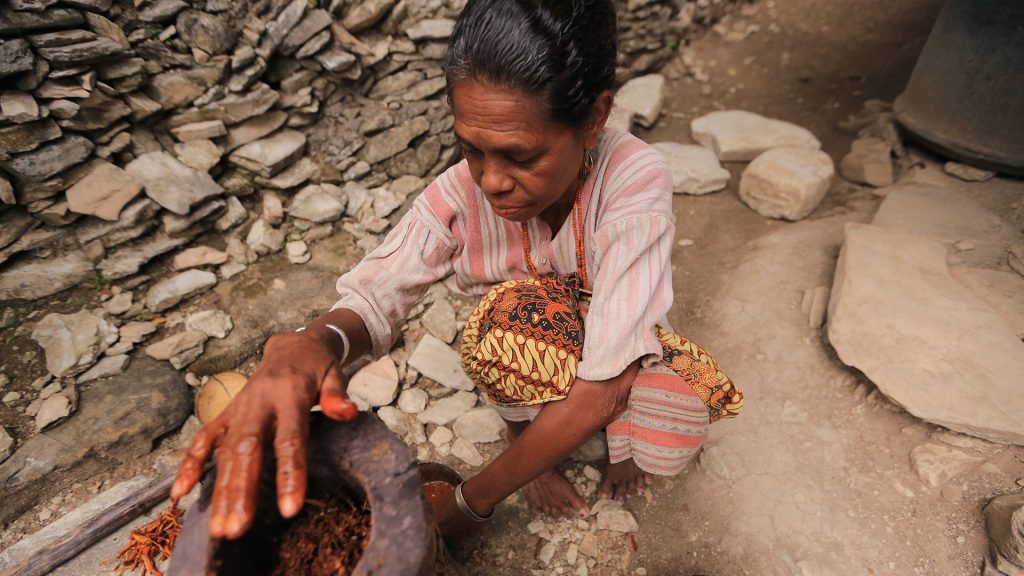
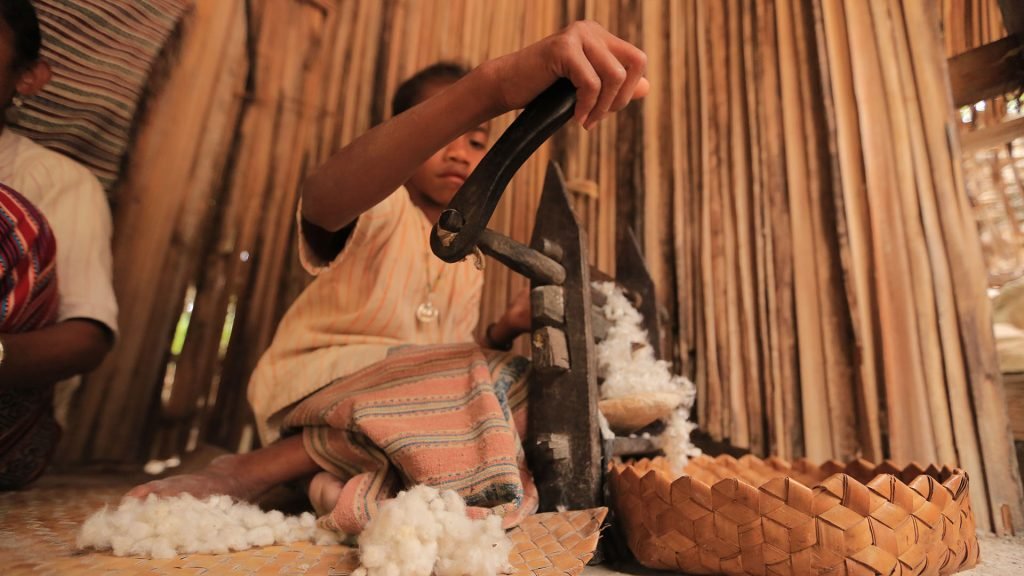
In the context of the process of making yarn, cloth, and weaving, the Boti tribe preserves spinning and weaving methods that are sustainable and environmentally friendly. All raw materials for making woven fabrics come from nature and do not damage the earth. The dyeing used noni root bark (Morinda citrifolia L., Rubiaceae) for red, Indigo leaves (Indigofera tinctoria L., Fabaceae) for blue, and turmeric (Curcuma domestica Val., Zingiberaceae) for yellow. Apart from being a necessity for woven clothing and both cloth, it has economic benefits. The beauty of Boti weaving is also used in ritual offerings to Uis Pah, along with crops and animals as offerings. To meet their needs, the people of the Boti kingdom apply the concept of nature preservation and sustainability by providing the best to meet their needs and offerings to the earth.

